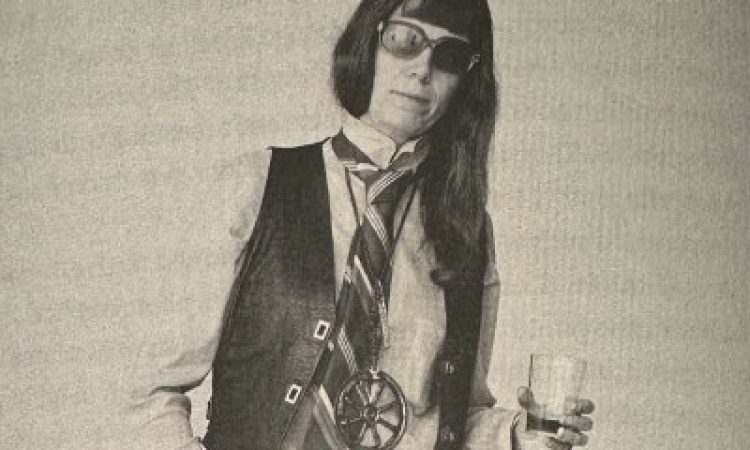I spent these last winter months with Clare Croft and her framing of a groundbreaking dance writer in her book Jill Johnston in Motion: Dance, Writing, and Lesbian Life. This book not only discusses Johnston’s work and influence but places it in context: 1950s to 1980s New York —a charged moment of dance and art making amid an era of rising queer visibility.
Croft delves into Johnston’s source material and inspirations, excavating links between these other writers, theorists, and performers and the writer/critic who covered dance in The Village Voice for 15 years. This is not a biography, but a scholarly and rigorous look at the impact Johnston had on dance journalism, criticism, happenings, performance, and the lesbian feminist movement before and after Stonewall.
To experience this text is to read about writing: a writer writing about a writer, a scholar writing about a dancer who became a writer and was a lesbian, a lesbian writing about moving bodies, a reader reading about dance writing. The layers keep going. Croft examines how Johnston wrote, not just who she wrote about.
In her reviews, Johnston used what Croft calls “power lists”—strings of words and rewording, lists that take on a rhythm as they pile identities and narratives together. “Through powerlisting, Johnston queerly manifests a swirl of positionalities and subjectivities that do not just repopulate stages but expand the breadth of who can take up public space and how those conjured within an emerging multiplicity relate to and overlap with one another,” Croft analyzes.
Five chapters each provoke and explore the different aspects of Johnston’s life and work. The nonlinear text addresses her in sections, each examining her through her career as a critic, an audience member, a lesbian feminist, and a writer. There are three ‘interruptions’; the lens zooms in, with shorter subsections of a more anecdotal nature.
Johnston’s contemporaries included the likes of Agnes Martin, Yvonne Rainer, Audre Lorde, and others. Croft describes the cross-exchange between these women as they made dances, made art, wrote truths, and tested the waters around their own sexual identities. The book points out how “emphasizing lesbian adjacencies underscores how much lesbian archives are collections of relationships as much as they are collections of materials.” Croft also notes how Johnston “imagines queer connectivity beyond lineage” referring to Johnston’s 1985 memoir, Paper Daughter .“In the book [Johnston] defines a paper daughter as one ‘who exists only on paper’- a gendered version of ‘non noto,’ a woman born of the page and of language, not of human parentage.”
“The critic experiences her body and has pleasure with, not over…” Croft’s descriptions of the writing land firmly in the kinesthetic, pulling the reader to understand just how much Johnston shifted the dance writing landscape overall in the beginning years of the Judson church and into the 80s. Croft says this dynamic is “not just a matter of content but of conveyance that makes the writing so powerful.”
And there was the dance—the bodies. Johnston’s writing explored an erasure of the distance between audience and viewer, but also viewer and critic. The critic was in the audience. According to Johnston, the critic was experiencing the work in their body and had to speak from there about the work as much as they needed to speak of it. “She refused the idea that one’s mode of communication mandated what could be done in that mode. Dancing and writing were not opposites or even entirely separate for Johnston.” According to Croft, Johnston “reshaped, infused, and changed what was possible on the stage.”
In examining Johnston’s life and work, Croft very carefully and precisely breaks down the uncompromising and unconventional work of a writer addressing a very new dance scene. She unpacks the life of a lesbian who blurred the lines of life, writing, and performance practice.
By exploring Johnston’s autobiographies, essays in The Village Voice and Art in America, books on artists and social movements, queering of criticism and the page itself, and lesbian feminist disruptions, Croft pulls at the threads of a very full life and produces a text that interrogates, digs in, and interrupts itself, forming a broad look at a prolific writer.
Jill Johnston in Motion: Dance, Writing, and Lesbian Life, by Clare Croft, Duke University Press, 2024






